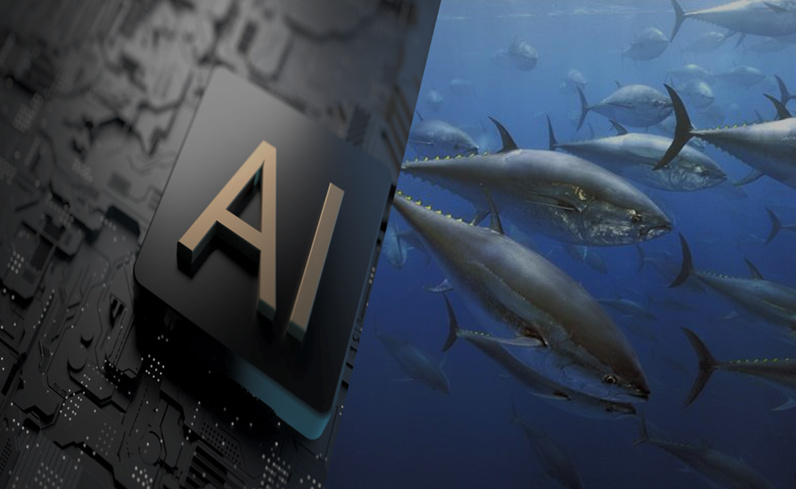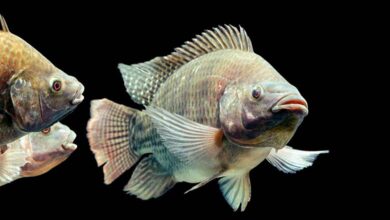
For many years, people all around the world have relied heavily on the fishing industry for both food and a living. Innovative solutions are becoming increasingly important as seafood consumption increases, fish populations decline, and other issues arise.
Artificial intelligence (AI) is being lauded as a potent answer to the issue and a great tool to enhance fisheries management.
Edwin van Helmond in the Netherlands is addressing undesired catches using this area of computer science. He is working on the Fully Documented Fisheries (FDF) project, which enhances the management and documentation of catches by EU fisheries, using an AI-based technology.
This device is mounted aboard beam trawlers and uses real-time scanning of two conveyor belts to identify the kinds, sizes, and weights of fish that are captured. The system automatically registers discards and relieves fishermen of the burden of registering discards. Providing transparency, flexibility, efficient management, and easing the workload of fishers are some of the benefits offered by the project.
There are also other uses of AI besides reducing unwanted catches. Another model makes reliable estimations of the coastal fish populations in the Western Indian Ocean based on satellite data. Researchers from the Wildlife Conservation Society (WCS), Lancaster University in the UK, Macquarie University in Sydney, Australia, and ENTROPIE (IRD, University of La Reunion, CNRS, University of New Caledonia, IFREMER) developed this model, which estimates coral reef fish stocks with an accuracy of 85%.
As these examples show, AI is crucial to the fisheries sector and its significance cannot be overstated.
Understanding fish populations is crucial to comprehending the ecological condition of the ocean. Globally, millions of dollars are spent every year counting and calculating fish stocks. As a result, countries can better manage and understand their oceans and estimate fish stocks accurately.
By using AI, it is now possible to estimate fish resources’ status as well as whether their fisheries are in need of recovery. Additionally, AI can be used to coordinate stakeholders and design better solutions for fisheries management.
With the advancement of artificial intelligence technologies, fishermen throughout the globe will be able to modify their tactics and lower the number of fish or non-target species they take. These tools will be capable of making a wide range of evaluations.
However, employing AI comes with some difficulties. One of which is getting accurate metrics data and information to make good decisions about fisheries stocks.
During the past few years, AI applications have accelerated, allowing us to better understand fisheries worldwide. To contribute to fisheries management, experts must transcend disciplinary boundaries and collaborate to make the most of what they have to offer.
Jaber Bin Abdul Bari
Department of Oceanography, NSTU




